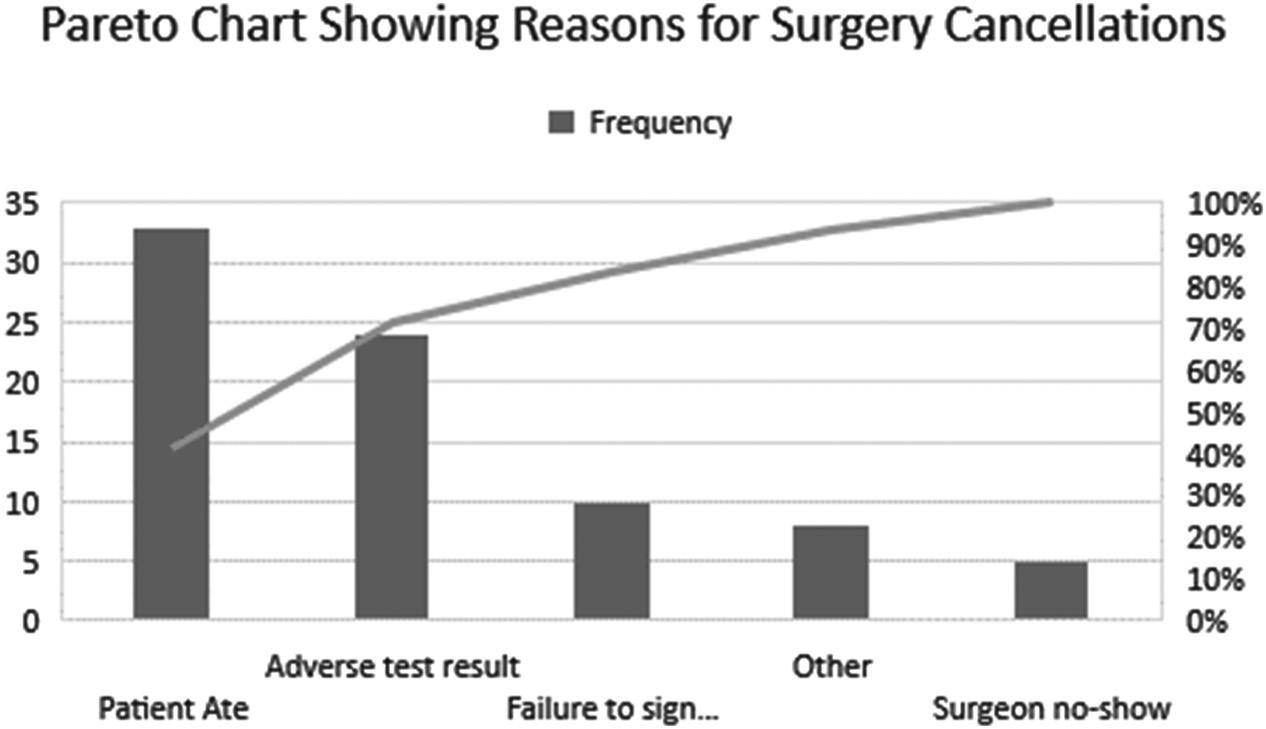130 ◾ Healthcare Value Proposition
3. The third “Why?” asked, “Why was a food tray delivered to the patient?” The most influential answer was, “Patient NPO Error.” NPO is a medically approved abbreviation that means “nothing by mouth.” The abbreviation is based on the Latin translation of nil per os, which also means “nothing by mouth.” 4. Before scheduled surgery, it is recommended that the patient has nothing by mouth (no food or fluid) for a minimum of six hours and preferred eight to twelve hours before the surgery’s start time. 5. The fourth round of questioning asked, “Why was there an NPO error?” The answer was a data entry error. 6. The fifth round of questioning asked, “Why was there a data entry error?” The answer was a lack of training of data entry personnel. It may take less or more than five “Whys?” to reach the cause of a particular problem. What is clear is that, when you reach the actual cause, an actionable solution is easily identifiable.
Kanban Kanban was developed in the 1940s by Taiichi Ohno, an industrial engineer at Toyota, as a system to improve and maintain a high level of production. With kanban, Toyota optimized its engineering process by modeling it after how supermarkets stock shelves. The approach was inspired by a Japanese management team’s visit to a Piggly Wiggly supermarket in the United States, where Ohno observed that store shelves were stocked with just enough items to meet consumer demand and inventory would only be restocked when there was a visual signal—in this case, an empty space on the shelf. Only when an item was close to selling out did the clerks order more. Because inventory levels match consumption patterns, the supermarket gains significant efficiency in inventory management and optimizing for the customer. In Japanese, the term “kanban” means “visual signal” or “card.” Toyota line workers used a kanban (i.e., an actual card) to signal steps in their manufacturing process. The system’s highly visual nature allowed teams to communicate more easily about what work needed to be done and when. It also standardized cues and refined processes, which helped to reduce waste and maximize value. The essence of the kanban concept is that a supplier, warehouse, or manufacturer should only deliver components as and when they are needed,











